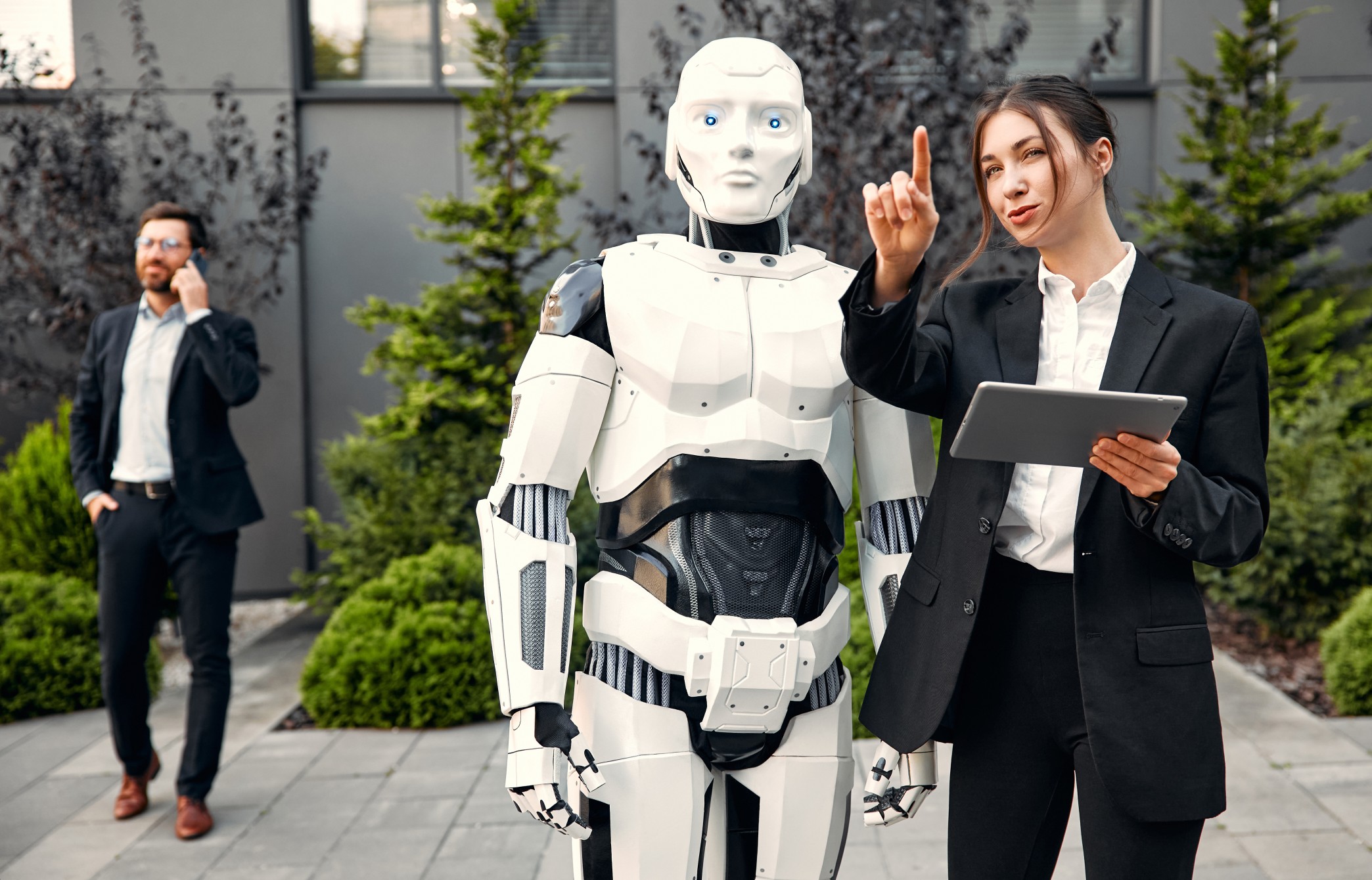The 4 Biggest AI Breakthroughs of 2024 and What CIOs, CTOs, and CDOs Should Expect in 2025

Artificial intelligence (AI) continued its meteoric rise in 2024, reshaping industries and redefining how organizations operate. For CIOs, CTOs, and Chief Digital Officers (CDOs), the rapid advancements in AI are both a challenge and an opportunity, requiring strategic foresight to integrate these innovations effectively into their enterprises.
Here’s a deep dive into the four most impactful AI developments of the year and a key prediction for how 2025 will shape the AI landscape.
OpenAI remained a dominant force in 2024, proving its resilience amid growing competition. The company diversified its offerings, pushing the boundaries of generative AI:
o1 and o3 Models: These advanced reasoning models set new standards in science, coding, and complex problem-solving, showcasing OpenAI’s focus on accuracy and innovation.
ChatGPT Search: By integrating real-time web information retrieval, OpenAI positioned itself as a formidable competitor to Google and Bing, enhancing utility for enterprise and consumer use.
Canvas: This dynamic workstation-like interface transformed ChatGPT from a conversational tool to a full-fledged productivity suite, streamlining workflows for developers and business professionals.
Sora: OpenAI’s entry into AI-powered video generation marked a significant leap, introducing a unique storyboarding feature to distinguish itself in a crowded market.
For CIOs/CTOs: These advancements highlight the importance of adopting AI tools that prioritize accuracy, real-time data access, and productivity enhancements. Enterprises must evaluate how these innovations align with their digital transformation goals and operational needs.
Open-source AI experienced explosive growth, democratizing access to cutting-edge technologies. Key highlights included:
Meta’s Llama 3.1 and 3.3: These models combined high performance with cost efficiency, making them attractive for enterprise applications.
Chinese Advancements: Models like Alibaba’s Qwen-2.5 and DeepSeek’s R1-Lite set new performance benchmarks, reflecting the growing influence of Chinese AI innovation.
Nvidia’s Nemotron-70B: Nvidia transitioned from hardware to AI development, introducing a powerful open-source model to further its AI ecosystem.
For CDOs: Open-source models offer customizable, cost-effective solutions that can be tailored to organizational needs. They provide an opportunity for businesses to innovate without being locked into proprietary ecosystems.
Google’s AI initiatives gained significant traction in 2024, with the Gemini series emerging as a strong contender in the AI landscape:
Gemini 2.0 Flash: This multimodal AI model excelled in video analysis and real-time user interaction, broadening its utility across industries.
Project Astra: Part of the Gemini initiative, this AI assistant leveraged Google’s ecosystem to deliver contextual, actionable insights for enterprise productivity.
For CTOs: Google’s AI advancements underscore the value of investing in multimodal AI capabilities. These tools can drive cross-functional efficiency, enhance decision-making, and improve user experiences.
Agentic AI evolved from a buzzword to a critical component of enterprise AI strategies. Major innovations included:
Salesforce’s Agentforce 2.0: Enhanced reasoning and integration capabilities elevated CRM and sales tools, demonstrating the productivity potential of agentic AI.
SAP’s Joule: By leveraging open-source LLMs, SAP transformed its chatbot into a sophisticated AI agent, driving enterprise innovation.
Google’s Project Astra: With real-time, contextual responses, this AI assistant exemplified how agentic AI could enhance enterprise decision-making.
For CIOs: The rise of agentic AI highlights the need to integrate intelligent automation into core business processes. These tools can reduce manual intervention, streamline workflows, and enable better resource allocation.
Looking ahead, 2025 promises to be a year where AI-generated content dominates both business and consumer domains. From personalized marketing to automated report generation, AI will redefine how organizations produce and consume content.
Additionally, the large-scale deployment of AI-powered robotics and automation will revolutionize industries such as manufacturing, logistics, and healthcare. CIOs and CTOs should prepare for these advancements by:
Investing in scalable AI infrastructure.
Training teams to integrate AI tools into daily operations.
Collaborating with digital leaders to identify opportunities for automation and personalization.
To maximize the benefits of these advancements, CIOs and CTOs must explore modern operational models like Virtual Delivery Centers (VDCs). These cloud-based hubs provide on-demand access to AI expertise, tools, and resources, ensuring seamless integration and scalability.
How VDCs Empower AI Strategies
Scalability: Quickly deploy resources for AI projects without the overhead of traditional infrastructure.
Global Talent Access: Tap into a diverse pool of AI specialists and developers to accelerate innovation.
Cost Efficiency: Reduce operational costs while maintaining flexibility in resource allocation.
Enhanced Collaboration: Integrate cross-functional teams within a unified digital environment to drive strategic initiatives.
Future-Proofing: Stay ahead of technological trends by leveraging VDCs to experiment with emerging AI models and tools.
Real-World Impact: Imagine deploying a VDC to roll out agentic AI tools across an enterprise. The VDC could provide the talent, infrastructure, and analytics needed to integrate these tools seamlessly, enabling faster decision-making and improved productivity.
2024 showcased the transformative power of AI, setting the stage for even greater advancements in 2025. For CIOs, CTOs, and CDOs, the challenge lies in leveraging these technologies strategically to drive business growth and innovation.
By adopting cutting-edge AI tools, exploring open-source opportunities, and embracing Virtual Delivery Centers, digital leaders can position their organizations at the forefront of the AI revolution. The future is not just about adopting AI—it’s about integrating it thoughtfully to redefine success and unlock new possibilities.

For modern telecom enterprises, delivering exceptional QoS is no longer optional—it’s a brand differentiator and a strategic lever for growth. Static provisioning models won’t cut it in a world of hyper-dynamic data usage.